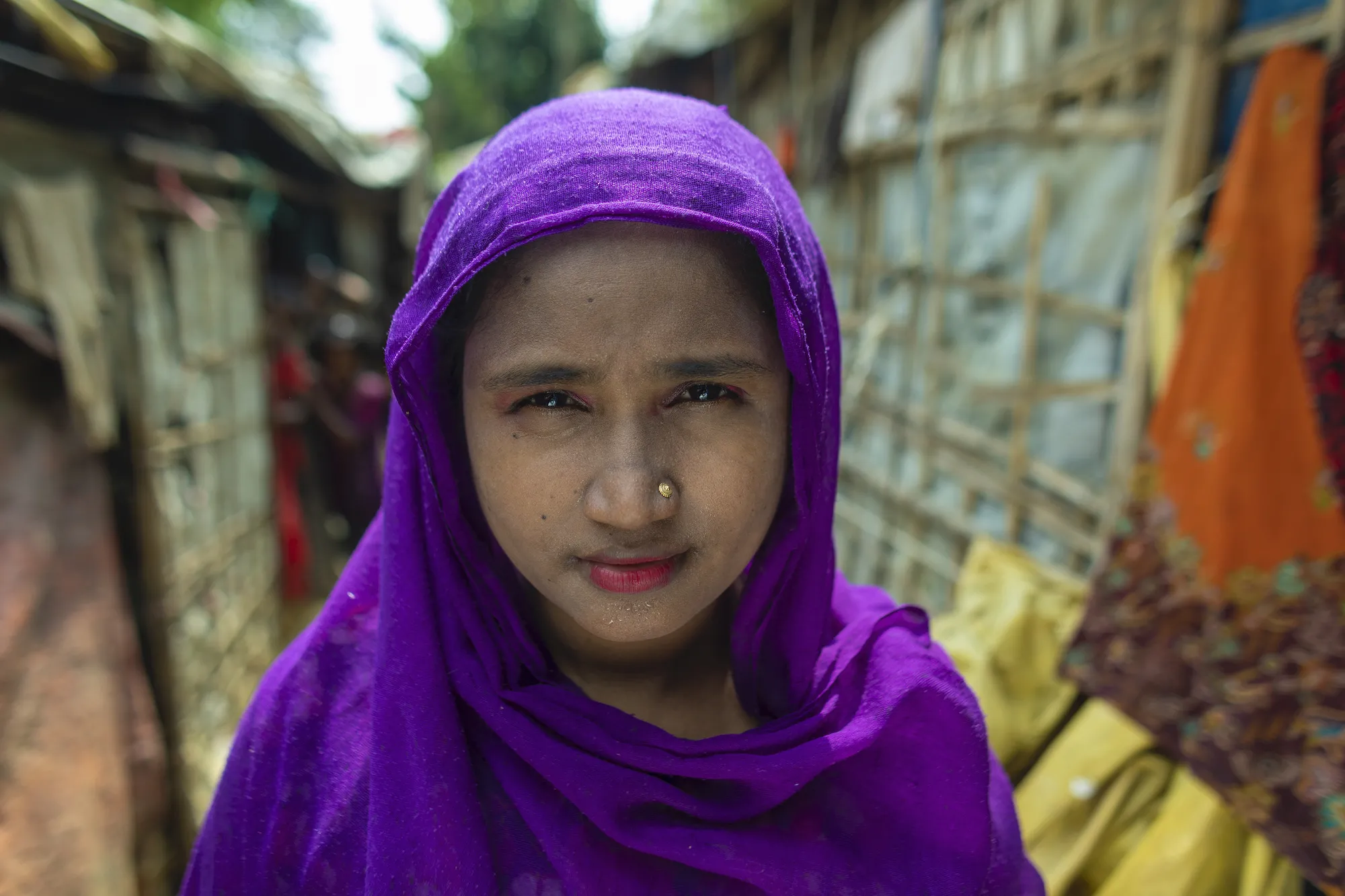These days, 25-year-old Seno Wara has a lot on her mind.
“[How] do I nurture my children? How do I educate my children? Can we survive or not? These things make me think.”
Seno Wara, a Rohingya refugee from Myanmar, fled to Bangladesh together with her husband and their three daughters, ages 7, 3, and 1. They are part of the more than 900,000 Rohingya refugees from Myanmar who fled Bangladesh after violence escalated in Myanmar’s northern Rakhine State in 2016. Around 80 percent of these refugees are women and children. Seno Wara’s family now lives in limbo in a refugee camp in Bangladesh.
“We are concerned about the future. We are staying at the camp and my husband does not have a job. What we will do?”
The Rohingya have faced decades of discrimination and statelessness, and spikes in violent attacks have led them to escape to Bangladesh over the years. Due to the most recent rise in violence, people are seeking safety in refugee camps around Cox’s Bazar, Bangladesh, which hosts more than 900,000 people, making it the world’s largest refugee camp.

